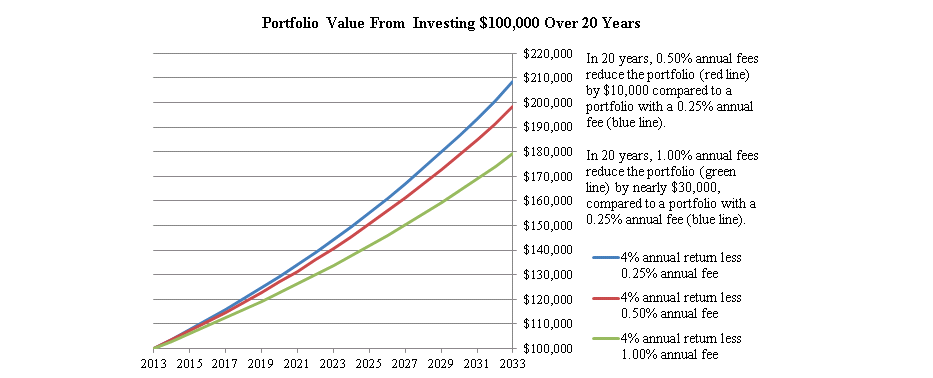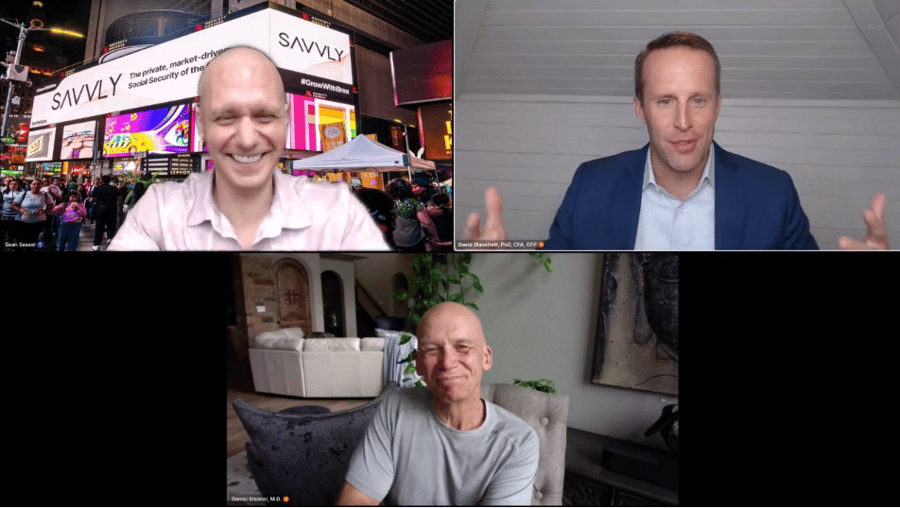Keeping Financial Literacy Alive Beyond April
In April, Financial Literacy Month brought new resources to boost your financial knowledge. But here at Savvly, we advocate for financial literacy as a continuous lifestyle, not just a once-a-year event. It's about establishing a mindset that guides your money decisions every day, shaping a continuous path of wise choices, both big and small.
As we transition into May and say goodbye to the "official" Financial Literacy month, let's dig deeper into the concept of financial literacy and shine a light on some clever, occasionally overlooked tips to enhance your financial wellness throughout the entire year.
What it is and why it matters
Financial literacy means understanding and using various financial skills, including budgeting, investing, and personal financial management. It's about learning the essentials of financial principles to make informed decisions that align with your personal and financial goals.
Regardless of income levels, everyone has the potential to enhance their financial literacy. Even the wealthy have room for improvement in this area. Surprisingly, over one-third of Americans earning $250,000 or more per year live paycheck to paycheck, according to Bloomberg. This highlights the fact that having a high income doesn't guarantee financial stability; therefore, being financially literate is crucial for all of us.
How to make it part of your lifestyle
1. Master the art of automation
One of the simplest yet most effective strategies for managing your finances is automating your savings and investments. Set up automatic transfers to your savings account and direct deposits into your investment accounts. This not only ensures you're consistently saving but also helps in harnessing the power of dollar-cost averaging in your investments.
If you haven't already, start small. Set up a monthly transfer of just $10 from your checking to a high yield savings account right after your paycheck arrives. Or try automating your retirement contributions to consistently save a small portion of your income. You'll quickly see how rewarding saving can be, and maybe you can even swing boosting that monthly amount.
2. Dive into the world of micro-investing
Micro-investing platforms allow you to invest small amounts of money regularly, which can be less daunting than placing large sums into the market. This can be a great way to build a habit of investing without feeling the pinch on your wallet. It’s also a wonderful way to learn more about how investing in the market works.
Apps like Acorns allow you to invest spare change or small amounts regularly. For instance, every time you buy groceries, Acorns can round up your purchase to the nearest dollar and invest the difference.
3. Financial apps are your friend
There are a ton of financial apps available to help track your spending, budget your finances, and manage your investments. These tools make it easier to see where your money is going and identify areas where you can cut back or reallocate funds more efficiently.
Intuit's Credit Karma, which replaced the original budgeting app Mint, is a popular option. But there are plenty of alternatives to choose from. Check them out here.
4. Expand your financial perspectives
Sometimes, our background can shape our financial beliefs and biases, which may not always serve our best interests. Challenge these preconceptions by exploring different financial perspectives and products.
For instance, if you’ve always been wary of stocks, consider learning about diversified mutual funds or ETFs as a less risky way to enter the market. You could start small with a robo-advisor like Betterment or Wealthfront, which can automatically invest in diversified ETFs based on your risk tolerance.
5. Watch out for fees
Investing isn't free, and fees can eat into your returns significantly. Spend some time understanding the fees associated with your bank accounts, investment funds, and credit cards. Look for low-fee or no-fee options that can save you a lot of money in the long run. At Savvly, we're a big fan of Vanguard's VOO S&P 500 ETF with extremely low fees.
To put it in perspective, take a look at the chart below from the SEC. Switching from a fund with a 1% annual fee to one with a 0.25% fee can save tens of thousands of dollars over time.

6. Embrace the art of being resourceful
Being frugal doesn’t mean you are cheap. Embracing a frugal lifestyle by seeking out discounts, using cashback offers, and prioritizing spending can free up more funds to invest and grow your financial portfolio.
Instead of buying a new book, borrow it from a library or purchase it used at a discount. Instead of buying Starbucks everyday, invest in an instant cold brew maker to use at home. Another easy tip? Use cashback credit cards for everyday purchases to earn rewards or cashback that you can reinvest.
7. Live below your means
Spending less than you earn is a crucial component to financial literacy, regardless of the size of your paycheck. This approach not only builds a buffer against financial emergencies but also frees up capital to invest and grow wealth over time.
Incorporating this principle into your financial routine can be transformative. Start by reviewing your expenses regularly and identifying areas where you can cut back, perhaps luxuries or semi-fixed expenses like subscriptions or high-end groceries. Redirect these savings into an emergency fund or investment accounts to build a more secure financial future. This habit ensures you are not just earning money but also growing it.
8. Stay smart out there
The world of finance is always evolving. Make it a habit to read financial news, listen to podcasts, or even take courses in personal finance or investing. The more you know, the better equipped you’ll be to make better decisions.
At Savvly, we're building the first market-driven pension that's going to change the retirement system for the better. Keeping up with the latest innovative ideas in the financial space is a key component of maintaining financial literacy throughout the year.
Take it beyond April
Adopting these strategies not just during Financial Literacy Month but throughout the year can transform your financial future. Becoming more financially savvy empowers you to make better choices and reduce financial stress. Remember, the real journey of financial education is ongoing. Change your habits now and keep the momentum going every day!
Recent posts


Related Posts

Annuities Explained

How The Latest Longevity Breakthroughs Impact Your Financial Decisions








